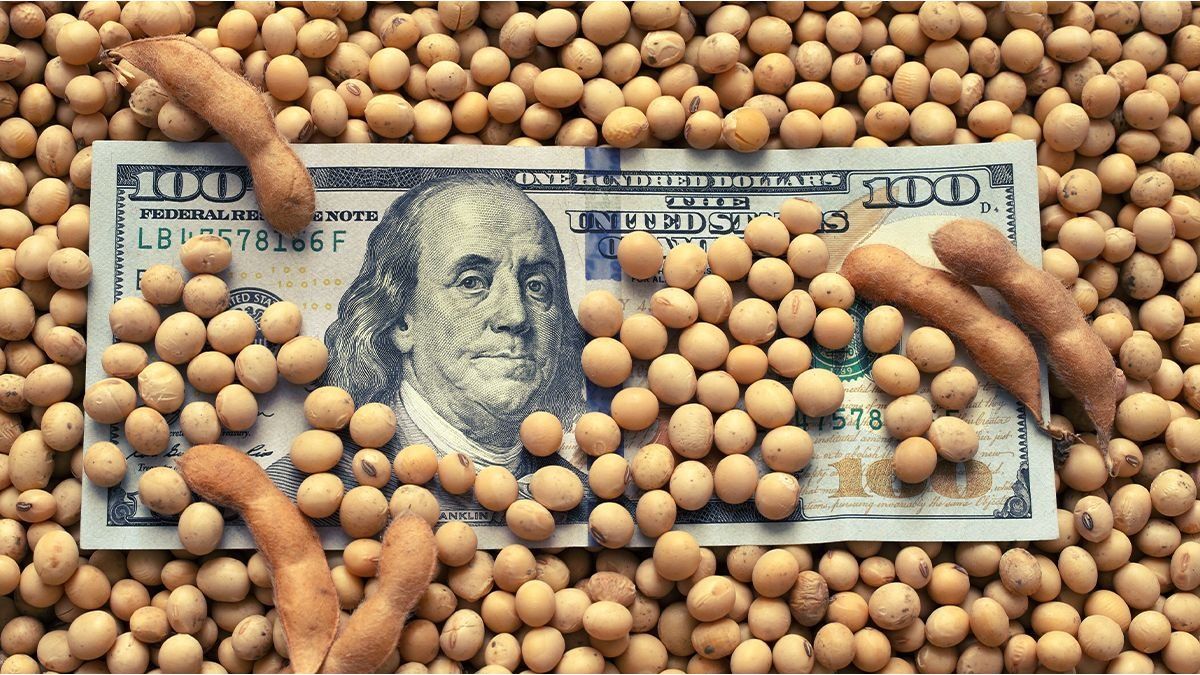The Government published Decree 443/23 yesterday that implements the soybean dollar in its fourth version, this time with a difference: 75% of what is obtained from exports will be liquidated in the Single and Free Exchange Market (MULC) and 25% will be freely available, so it can be entered through Cash with Liquidation ( CCL) or the MEP. The measure, authorized until September 30, generated difficulties in agriculture, within the framework of the lowest campaign in the last sixteen years.
According to David Miazzo, chief economist of the Agricultural Foundation for the Development of Argentina (FADA), “The weighted average between the settlement to the official, at $350, and the financial ones, above $700, gives close to $440-$450.”
According to the specialist, approximately 50% of soybeans remain to be sold, but estimates that a more conservative number will enter, between 30% and 40%. “There is talk of $2.5 billion in revenue, but with these percentages it could be approximately $1.5 billion or $2.0 billion.” In this second scenario, US$1.100 million would enter the BCRA and almost US$325 million to the CCL market. Consulted about the impact on parallel prices, Miazzo understands that “something can help to decompress” taking into account that between US$300 and 500 million enter the financial wheels daily, “but it is not that significant.”
That 25% of these currencies, explains Mazzo, “the BCRA will never see it”, but through this mechanism, it no longer generates the accounting loss for paying a higher dollar to the exporter and selling it cheaper to the importer, as in the editions previous. Regarding the gain for exporters from the improvement in prices, the soybean dollar 4 “is more or less in line with the previousIt is neither more nor less beneficial.
The measure is taken in a pressing context for soybean exporters. In the recitals of the decree published in the Official Gazette, it is noted that the Rosario Stock Exchange recently published that soybean milling in the first four-month period of the campaign is the lowest since 2007 and 2008, while the idle capacity of the industry is on the rise. Thus, the drop in milling “generates problems of compliance with export contracts for the first export complex in the country and also puts industrial employment at risk, based on the claim and concern presented by the oil unions.”
With everythingthe same body recently published the first projection of the 2023-2024 campaign: grain production would reach 136 million tons, 70% more than last season (affected by drought). Thus, corn would reach 56 million tons, soybeans 47.8 million and wheat 15.6 million.
The reactions of the agricultural sector are the same as since the implementation of the soybean dollar 1. Although they recognize short-term gains, the owner of an important futures and other options trading market, said in offline that “these measures are negative for the market development, the antithesis of the measures that should be taken, because they are not predictable or constant measures over time”, since they alter the terms of trade.
In turn, he said that the Minister of Economy, Sergio Massa, “He was warned that, if an exchange rate liberalization process had begun, by the end of August 2022, the problems of the Argentine economy would have been on track.” He acknowledged that the negotiations with the sector to achieve this new Export Increase Program “were tough” and that he even “threatened to cancel exports.” Likewise, he admitted that the government of former President Mauricio Macri “was also a disaster and the minister also pays part of the previous disasters.”
In the same line, Gabriel de Raedemaeker, vice president of Argentine Rural Confederations, maintains that the measure “generates a total distortion in the market”, which will cause a rise in the price of soybeans, but also “damages for those who use the grain as an input.” In addition, he believes that “it does not benefit the producer”, because “it will be arbitrary how much the exporter wants to transfer that benefit”.
Source: Ambito




